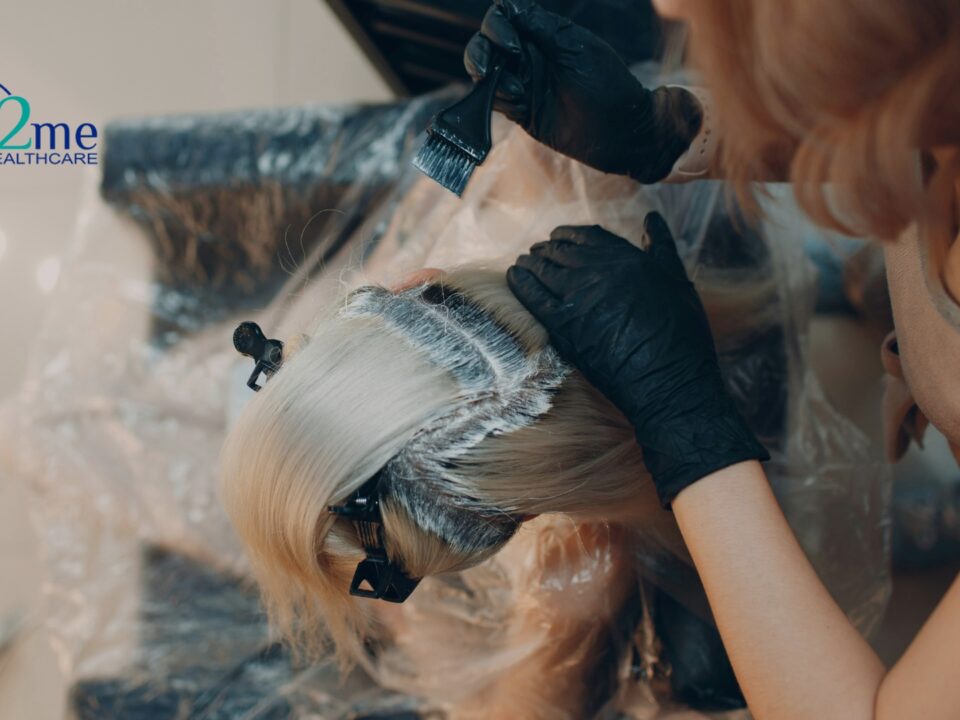Easy Ways to Practice Mastitis Self-Care

Can You Breastfeed After a Breast Reduction?
January 3, 2025
Introducing the Fresh Test: A More Natural Option for Glucose Screening
February 21, 2025Mastitis, a painful breast infection, is a common condition among breastfeeding mothers. While it can be uncomfortable, there are several mastitis self-care practices that can help manage symptoms and promote healing.
Understanding Mastitis
Causes of Mastitis
Mastitis occurs when bacteria enter the breast through a cracked or sore nipple. This can happen due to a few different reasons. One of them is blocked milk ducts. When milk is not removed effectively from the breast, it can lead to clogged milk ducts, which create a breeding ground for bacteria.
Another reason could be due to nipple trauma. Cracked or sore nipples caused by improper latching or forceful sucking can provide an entry point for bacteria. A weakened immune system can also leave you vulnerable to mastitis. Fatigue, stress, or underlying health conditions can compromise the immune system, making you more susceptible to infections like mastitis.
Symptoms of Mastitis
Symptoms of mastitis typically include localized pain in the affected breast, often described as a burning or throbbing sensation. The affected area could have redness, which may spread, and the breast may feel swollen and warm to the touch. Other symptoms of mastitis are a fever of 101°F (38.3°C) or higher and flu-like symptoms, such as fatigue, chills, and body aches.
Types of Mastitis
There are two main types of mastitis: lactational and non-lactational. Lactational mastitis is the most common type, occurring in breastfeeding women. Non-lactational mastitis can affect anyone, regardless of breastfeeding status. It can be caused by injury, infection, or underlying medical conditions.
Mastitis Self-Care Strategies
Frequent and Effective Breastfeeding
Even if it’s painful, frequent breastfeeding helps empty the breast and reduces milk stasis, which can contribute to infection. Ensure a proper latch because a good latch minimizes nipple damage, reducing the risk of infection. Experiment with different positions to ensure complete milk drainage to prevent mastitis.
Sufficient Rest
Fatigue can weaken the immune system, making it harder to fight infection. Aim for adequate sleep to keep your defenses strong.
Nutrition and Hydration
Eating a balanced diet rich in fruits, vegetables, and whole grains can also support overall health and immune function. Similarly, drink plenty of fluids to maintain overall health and support milk production.
Pain Relief
Over-the-counter pain relievers such as acetaminophen or ibuprofen can help manage pain and fever. Apply warm compresses to the affected breast before feedings to promote milk flow. After feedings, apply cold compresses to reduce swelling and inflammation.
Good Breast Hygiene
Wash your hands before and after each feeding to prevent the spread of bacteria. Use water to clean your nipples after feedings. Avoid harsh soaps or alcohol, as they can dry out the skin.
Supportive Bra
Wear a well-fitting bra. A supportive bra can provide comfort and reduce pressure on the breasts.
Relaxation Techniques
Stress can worsen mastitis symptoms. Practice relaxation techniques like deep breathing, meditation, or yoga to reduce stress.
Seek Medical Advice
If your symptoms, such as fever, severe pain, or spreading redness, worsen, consult your healthcare provider. In cases of bacterial infection, your healthcare provider may prescribe antibiotics.
Additional Tips for Mastitis Self-Care
For a simple, traditional trick, some women find relief from pain and inflammation by applying cold, crushed cabbage leaves to the affected breast. However, avoid nipple shields as nipple shields can interfere with proper latch and milk flow, potentially worsening mastitis.
If breastfeeding is painful, pumping can help relieve engorgement and promote milk drainage.
Prioritizing Maternal Health and Comfort
Mastitis, while a common challenge for breastfeeding mothers, can be effectively managed through a combination of self-care practices and timely medical attention. By understanding the causes and symptoms, women can take proactive steps to alleviate discomfort and promote healing.
For personalized support and expert care throughout pregnancy and postpartum, consider OB2me. Our dedicated team of healthcare professionals offers a variety of services, including convenient at-home prenatal visits, ensuring that mothers-to-be receive the care they need in a comfortable and familiar setting.




